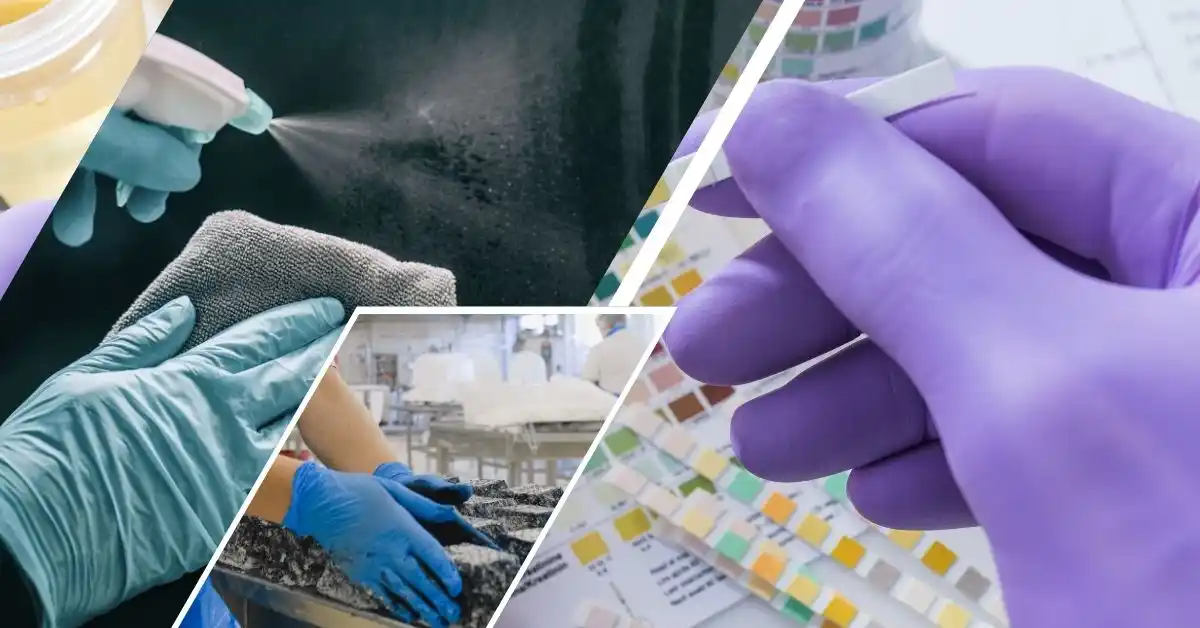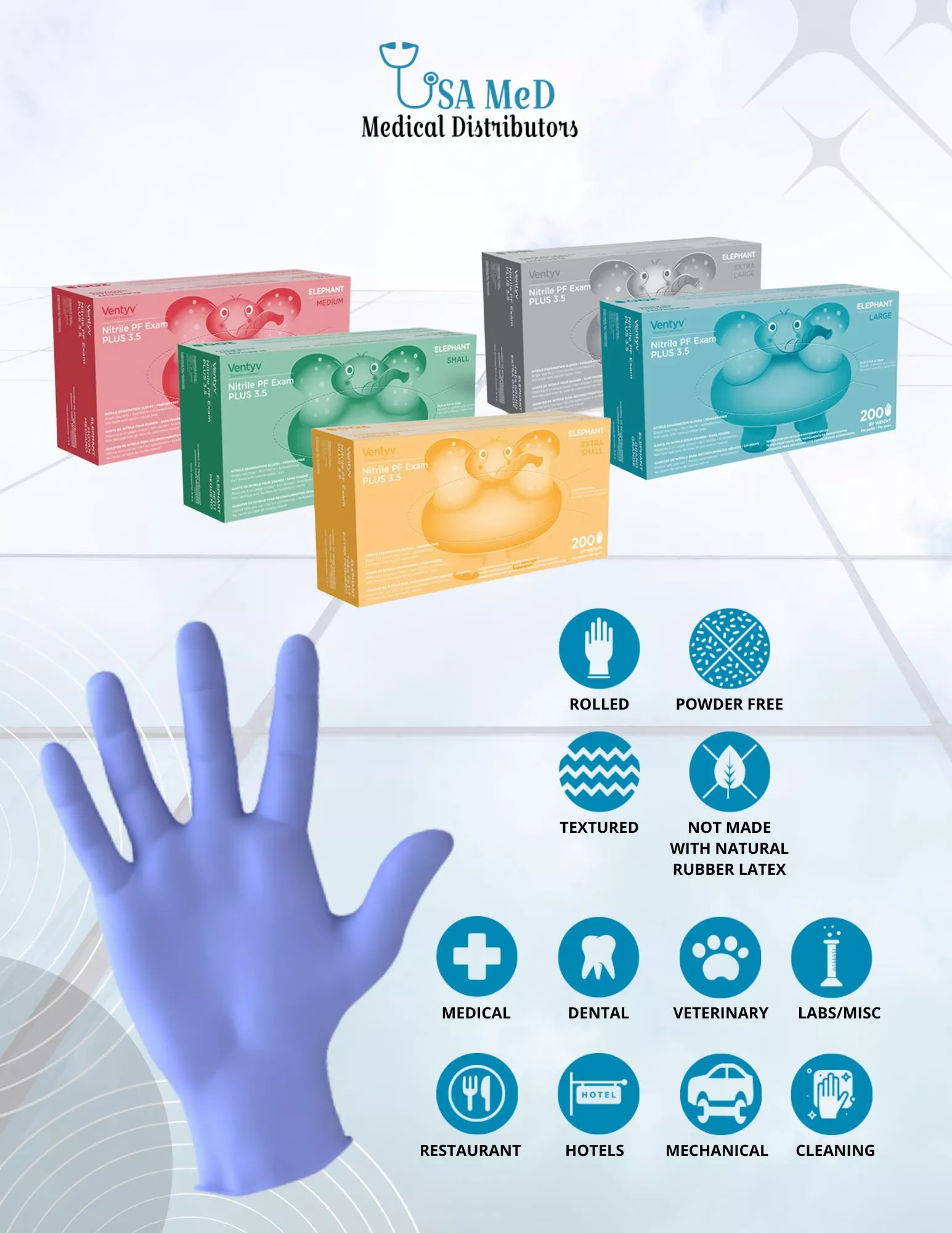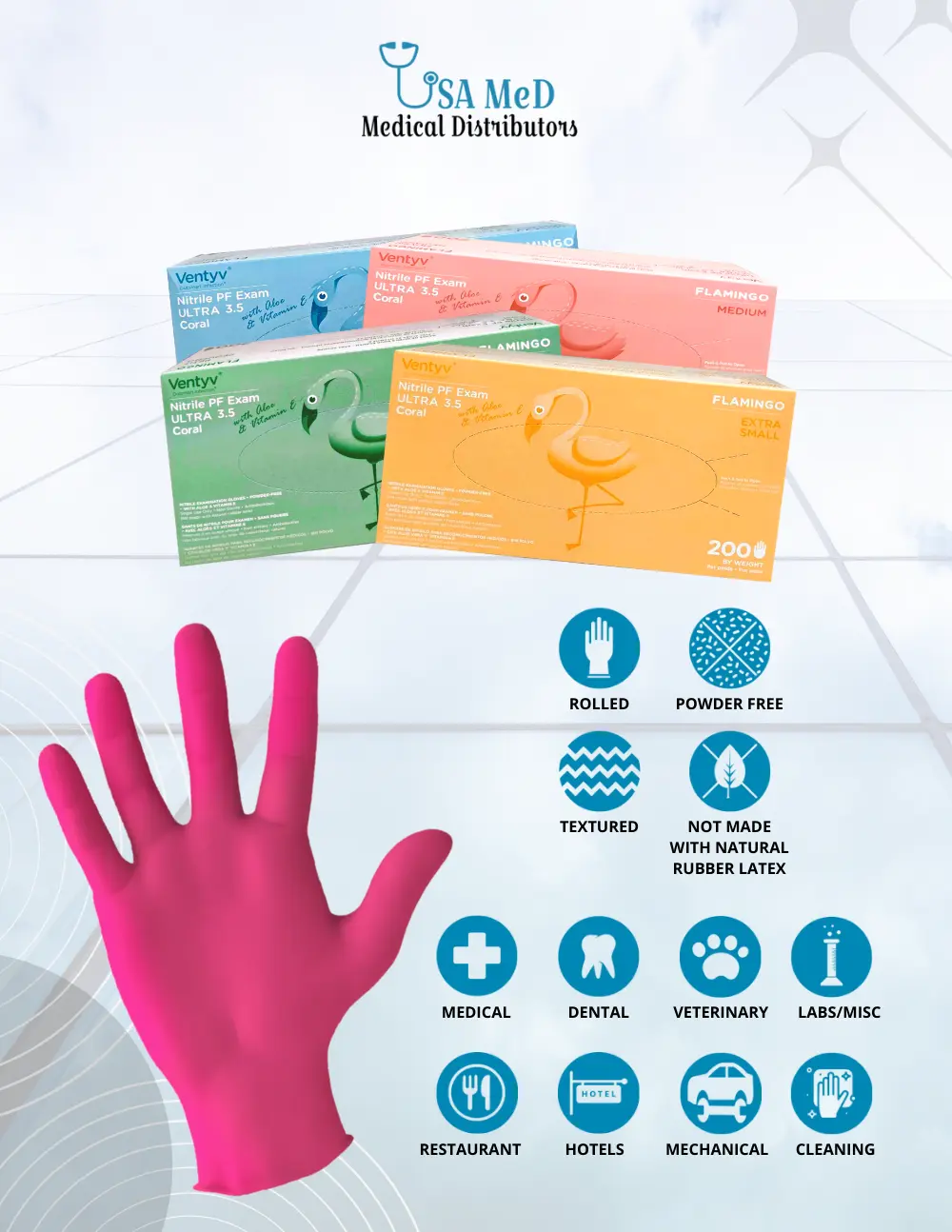
Do Medical Gloves Expire? Understanding Shelf Life and Safety
The Importance of Knowing Expiration Dates for Medical Gloves Understanding the expiration dates of medical gloves is crucial for ensuring safety and efficacy in healthcare


In recent years, the demand for gloves with nitrile has surged, particularly in industries prioritizing safety and hygiene. Nitrile gloves are known for their excellent durability, resistance to chemicals, and comfortable fit, making them a popular choice among healthcare professionals, food handlers, and industrial workers. However, as the world becomes increasingly conscious of environmental sustainability, questions arise regarding the eco-friendliness of these gloves. This article explores its sustainability and addresses whether they can be recycled effectively.
Nitrile gloves are made from a synthetic rubber known as nitrile butadiene rubber (NBR). Unlike latex gloves, which can cause allergic reactions in some individuals, it offer a hypoallergenic alternative that is both strong and flexible. This unique composition allows for greater resistance to punctures and tears, making them ideal for various applications. As industries shift towards more sustainable practices, manufacturers have begun to explore eco-friendly options in the production of nitrile gloves.
While nitrile gloves provide excellent protection and are often favored for their performance, their impact on the environment cannot be overlooked. The production of nitrile involves petroleum-based materials, which raises concerns about the carbon footprint associated with their manufacturing process. Moreover, the disposal of these single-use gloves poses a significant environmental challenge, leading many to question if it nitrile can indeed be sustainable.
One of the most pressing questions regarding nitrile gloves is: can it be recycled? Unfortunately, traditional recycling methods do not accommodate nitrile due to its synthetic composition. However, some companies are beginning to address this issue by developing specialized recycling programs for used nitrile gloves. These programs aim to divert waste from landfills by processing used gloves into raw materials that can be repurposed for other applications.
Some innovative initiatives are emerging that focus on creating circular economies around nitrile glove usage. For example, some manufacturers are working on biodegradable versions that break down more easily in natural environments. These advancements could potentially mitigate some environmental concerns associated with traditional nitrile products.
As demand for gloves with nitrile continues to grow across various sectors, so does the responsibility to ensure their sustainability. Manufacturers must prioritize eco-friendly practices in sourcing materials and production methods while also educating consumers about proper disposal methods. The emergence of sustainable alternatives and recycling programs will play a crucial role in shaping the future of nitrile glove usage.
It’s essential for consumers and businesses alike to remain informed about the environmental impact of their choices. By supporting brands that prioritize sustainability and engage in responsible practices, we can collectively work towards reducing the ecological footprint associated with its usage.
In conclusion, while gloves with nitrile have become indispensable in numerous industries due to their superior qualities, addressing their sustainability challenges is crucial for a greener future. As innovations emerge in recycling processes and biodegradable materials become more prevalent, there is hope that these essential tools can align better with our environmental goals. The journey towards eco-friendliness is ongoing; thus, staying informed and making conscious choices will be key in promoting a more sustainable approach to glove usage in our everyday lives.

The Importance of Knowing Expiration Dates for Medical Gloves Understanding the expiration dates of medical gloves is crucial for ensuring safety and efficacy in healthcare

Healthcare Professionals: The Primary Users of Nitrile Gloves In the realm of personal protective equipment (PPE), nitrile gloves stand out as a crucial component, particularly

Understanding Puncture Resistance: What It Is and Why You Need It Understanding puncture resistance is crucial for anyone who prioritizes safety in their work environment.

The Origins of Surgical Gloves: A Historical Overview The origins of surgical gloves can be traced back to a pivotal moment in medical history that

Why You Should Care About Hands Breaking Out from Gloves When it comes to personal protective equipment, gloves are often taken for granted. However, the
Driven by a passion for excellence, our mission is to consistently deliver the highest quality products at the most affordable prices. We aim to exceed customer expectations, creating value and trust.


Phone Number: (239) 266 -1290
Email Addresses:
sales@usamedicaldistributors.com
customercare@usamedicaldistributors.com
Mailing Address :
501 Goodlette, Frank Rd N A105, Naples, FL 34102
Copyright 2022 – 2024. USAMED Medical Distributors. All rights reserved.
Privacy Policy | Return and Refund Policy
| Website by M. Escober